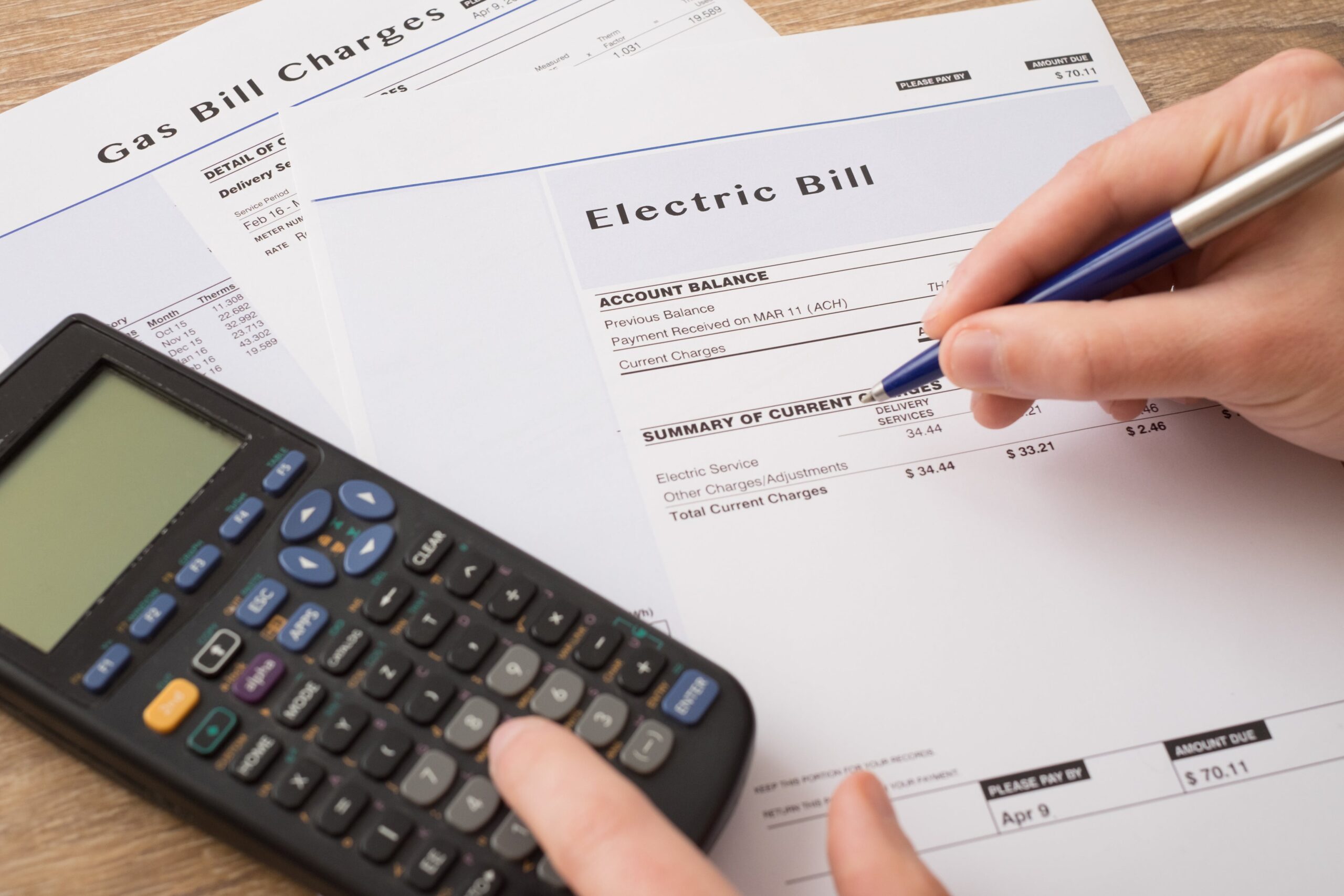
Trying to navigate your energy bill can be tricky business. In fact, YouGov found that 60% of people find their energy bills confusing. While being bombarded with a minefield of confusing terms and jargon, we are expected to pick out important information all the while.
In order to make things a little bit easier, here is exactly what you need to know to better understand your energy bill.
Common energy bill terms and what they mean
When you’re going through your bill, there are a few key terms that will come up again and again, so it’s important to know what they mean.
One that comes up frequently is “fixed rate” and it means just that: a rate that cannot be changed by your supplier before your plan’s end date. Fixed rate contracts can last for one, two or three years. It’s always a good idea to be aware of your fixed rate end date, so you aren’t surprised by a change in cost for your energy bill the next month.
“Variable rate” is another term that you will see on your bill, and again it means exactly what it says: a tariff that varies, depending on the price of gas or electricity that month. This is the rate most suppliers use for their standard plans.
Finally, the term “kWh” is seen frequently on your energy bill. “kWh” stands for kilowatt-hour, and is the name given to a unit of energy that is standard across suppliers for both gas and electricity.
Gas and electric meter readings
An energy bill based on a gas or electric meter reading, will be based on a reading taken by yourself (indicated by the letter C for customer), your energy supplier (labelled A for actual) or an estimated reading calculated by your energy supplier (E).
If your energy bill is based on an estimated reading, you should read your gas or electricity meter yourself and provide accurate information to your supplier, so they can send you a revised gas or electricity bill based on your actual usage. It is recommended that you read your own gas and electricity meter every three months.
It is also advisable to monitor your electricity meter closely if you have recently had Solar PV installed. Not every energy supplier has their smart meter set up to read the exported energy by the solar panels, so you could find that your readings and bills vary a lot after you get the panels installed.
The QR Code
According to the Energy Act 2013, every energy supplier is obligated to put a scannable code on every bill that you can use to compare and switch energy tariffs, making sure you’re on the best tariff possible. Using the QR code gives you a snapshot of all of the information in your energy bill, taking the difficulty of hunting for information away for an instant comparison with other providers.
Managing our utility bills is not one of life’s most exciting tasks, but it is a necessity. Hopefully, the above advice will help you to navigate your energy bill with ease, but if you are left with further questions, never hesitate to contact your energy supplier.









Leave a Reply